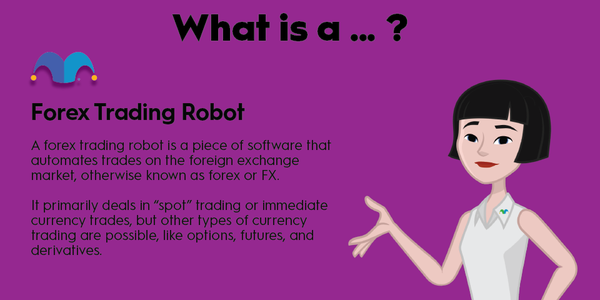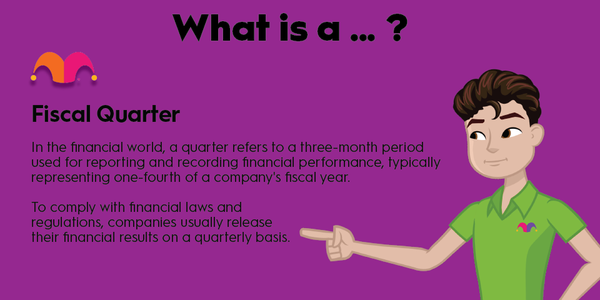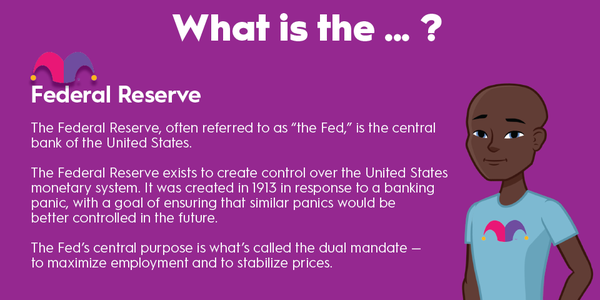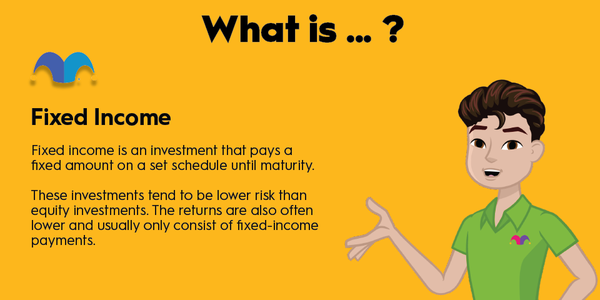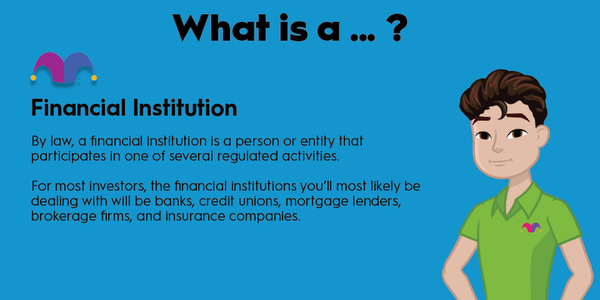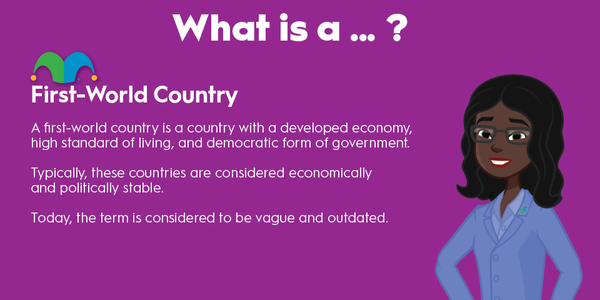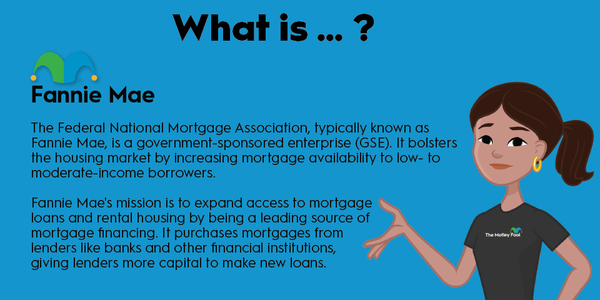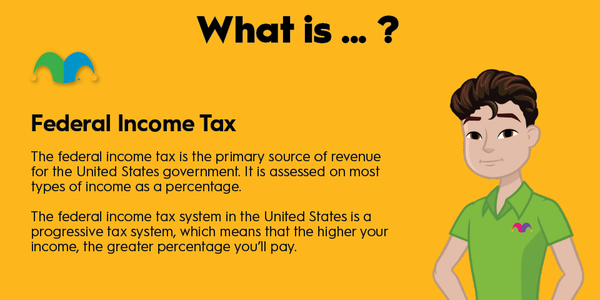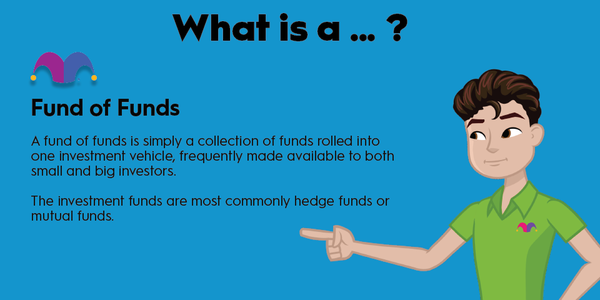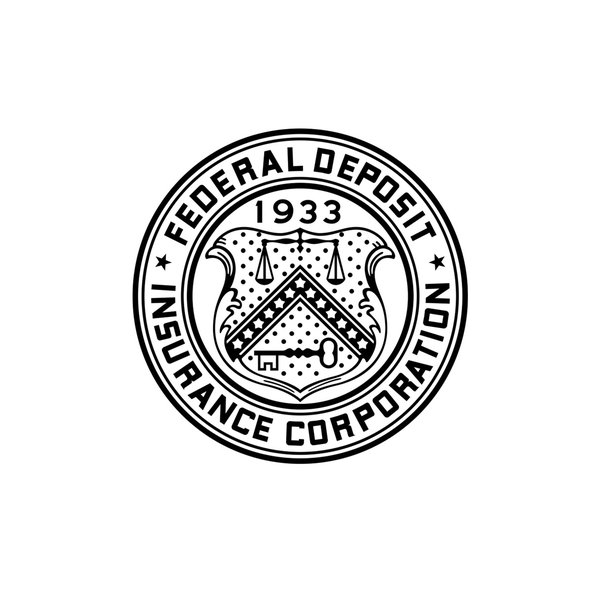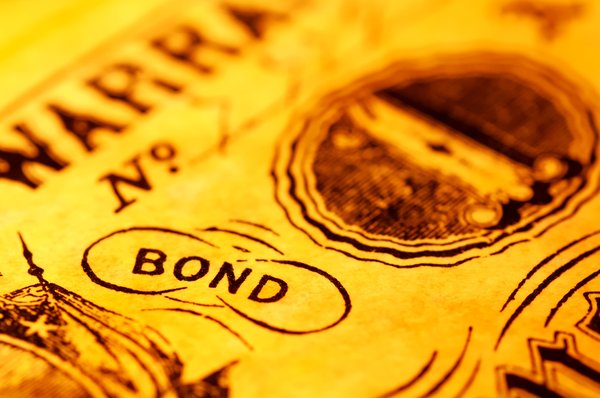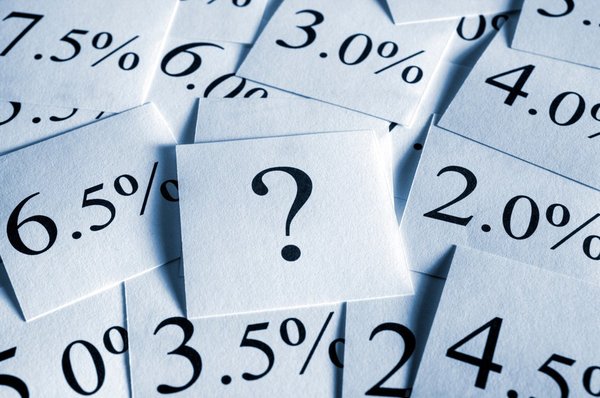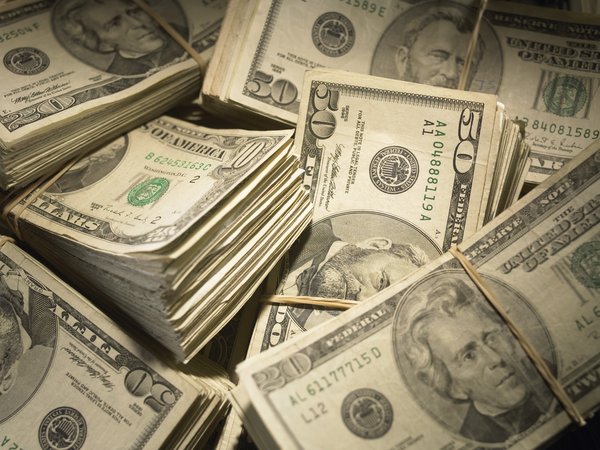Investing markets often run on human emotions. Master investors like Warren Buffett and Benjamin Graham recommend keeping your emotions in check while researching stock ideas. And if your nerves have to come into play, you should be fearful when others are greedy and greedy when the market as a whole is fearful.

But how do you measure fear and greed on Wall Street? Editors and reporters at CNNMoney wanted a good answer to that burning question in the spring of 2012. What's now known as CNN Business has been providing this simple metric ever since, giving investors a quick and easy view of the stock market's current mood.
A barometer for emotions
What is the fear and greed index?
At its core, the fear and greed index is a barometer for any market's emotional temperature. Designed to quantify the two most potent emotions driving investors' decisions -- fear and greed -- this index provides a snapshot of market sentiment at any given time.
Based on various data points, including market volatility, stock price momentum, and trading volumes, the index paints a picture of whether investors are currently driven by a fear of loss or greed for more gains.
This concept's influence has grown over the years, and several other reporting hubs now provide their own take on the fear and greed score. For example, there's a readily available fear and greed index for gold investors and the cryptocurrency market.
The components and calculations may vary, but every fear and greed index is built on the same fundamental concepts:
- Investors may find at-a-glance readings of the current market sentiment helpful, so it's worth the trouble to calculate and publish such a score from a variety of complex components.
- A value of zero indicates extreme fear, while 100 shows extreme greed. Middling scores, those near the 50-point mark, point to a healthy balance between extreme investor emotions.
- Most of the fear and greed index providers say that very low scores suggest a buying opportunity while skyrocketing scores should result in a painful price correction.
Why does it matter?
Why does it matter?
Understanding the fear and greed index can help any investor navigate the choppy investing waters of stocks, cryptocurrencies, gold, and other tracked asset classes.
When greed takes over, prices can inflate beyond reasonable valuations, leading to bubbles. Conversely, fear can cause precipitous drops, presenting potentially undervalued buying opportunities. Market swings can be particularly dramatic when a skyrocketing emotional bubble pops or the market bounces back from a meteoric sentiment plunge.
Of course, extreme scores can also highlight positive or negative market momentum. The market mood tends to run higher during extended bull markets and lower in bear markets. In other words, an extreme fear and greed score doesn't always result in a quick correction. This tool must be used as just one more instrument in a well-equipped investing toolbelt.
How to use this information
What should investors do with this information?
Your favorite version of the fear and greed index serves as a compass in Wall Street's wilderness. It's not a hard and fast rulebook but a handy guide to the overall market sentiment.
A historical perspective on the index can offer insights into how market sentiments have shaped investment landscapes in the past. You could compare long-term charts of fear and greed scores to the corresponding market charts, looking for an edge against investors who don't pay attention to these helpful patterns.
Example: Fear and greed in 2020
Fear and greed in 2020: The early coronavirus era
Let's take a look at the classic CNN fear and greed index in the context of the COVID-19 pandemic. The health crisis inspired a hard stock market crash in March 2020, followed by a return to fresh all-time highs just a few months later.
Did the fear and greed index provide any useful signals while the COVID-19 panic played out? Well, let's see.
The market entered 2020 on a high note as the fear and greed index rose above 90 around the New Year's holiday. Early rumblings about a health crisis emerging from the Far East quickly drove the index back to middling scores in January, followed by a brief retreat to "extreme fear" when the Centers for Disease Control and Prevention declared a pandemic and lockdowns started.
Related investing topics
As the initial shock wore off and investors began to digest the long-term implications of the pandemic, coupled with the arrival of effective vaccines with unprecedented government and central bank interventions, the index gradually climbed back. Investors regained their appetite for promising risk/reward situations and cautious optimism about the market's long-term resilience.
This swift oscillation between fear and greed not only highlighted the index's sensitivity to market dynamics but also underscored its potential as a tool for investors to gauge sentiment shifts and adjust their strategies accordingly. As expected, the index never offered a perfect map of future stock market moves, but its broader trends over time provided helpful markers of Wall Street's short-term momentum.
